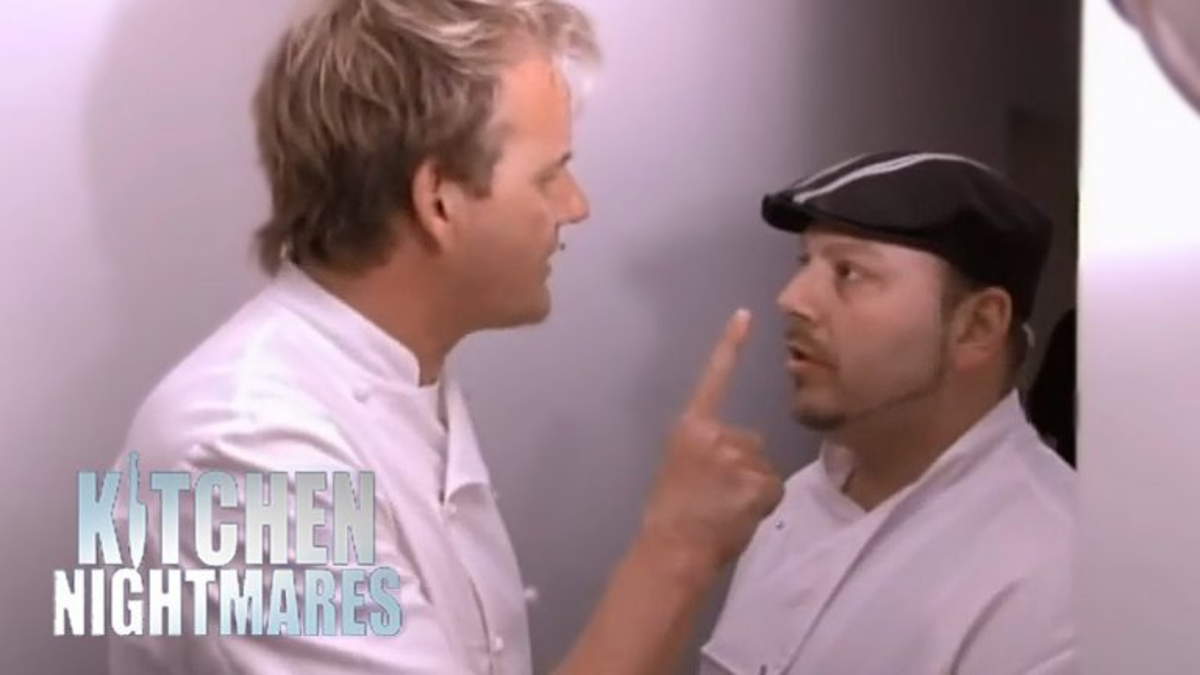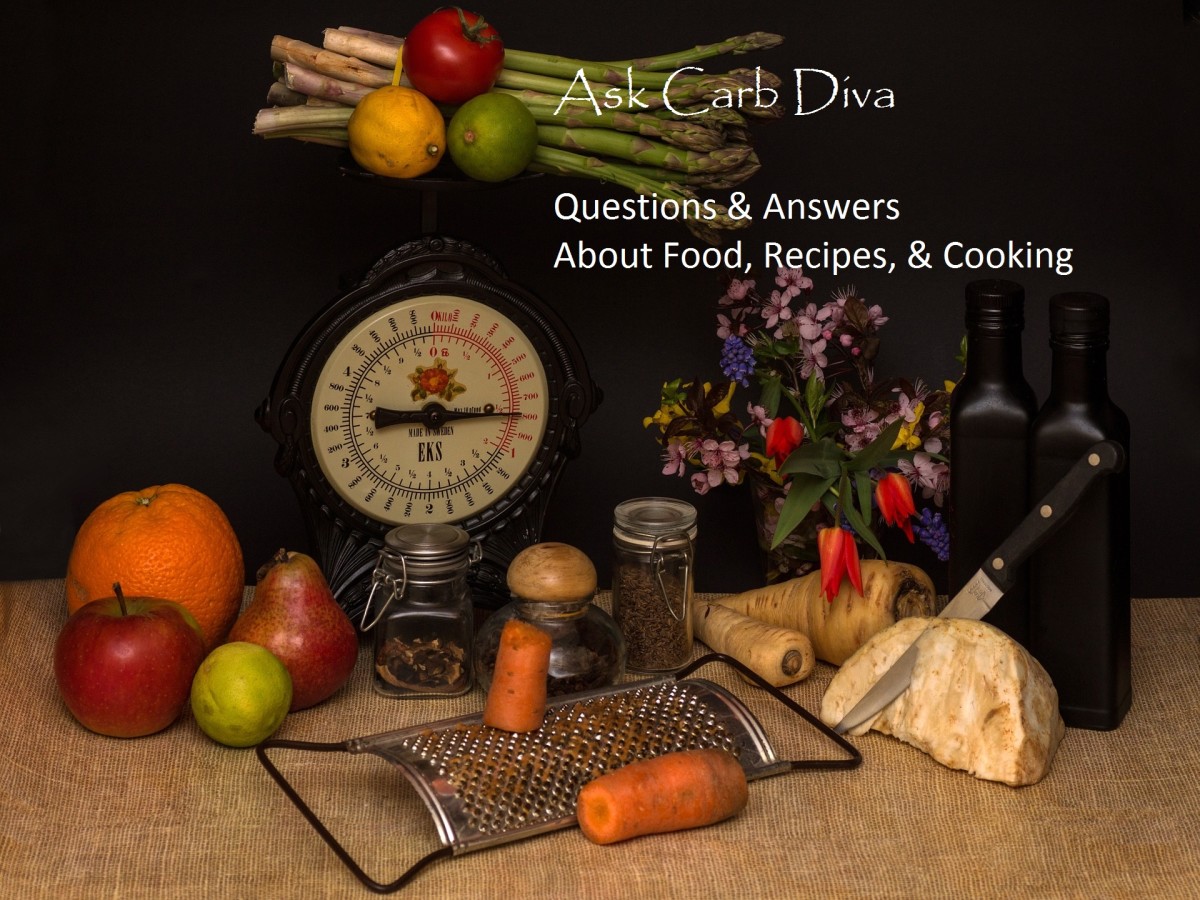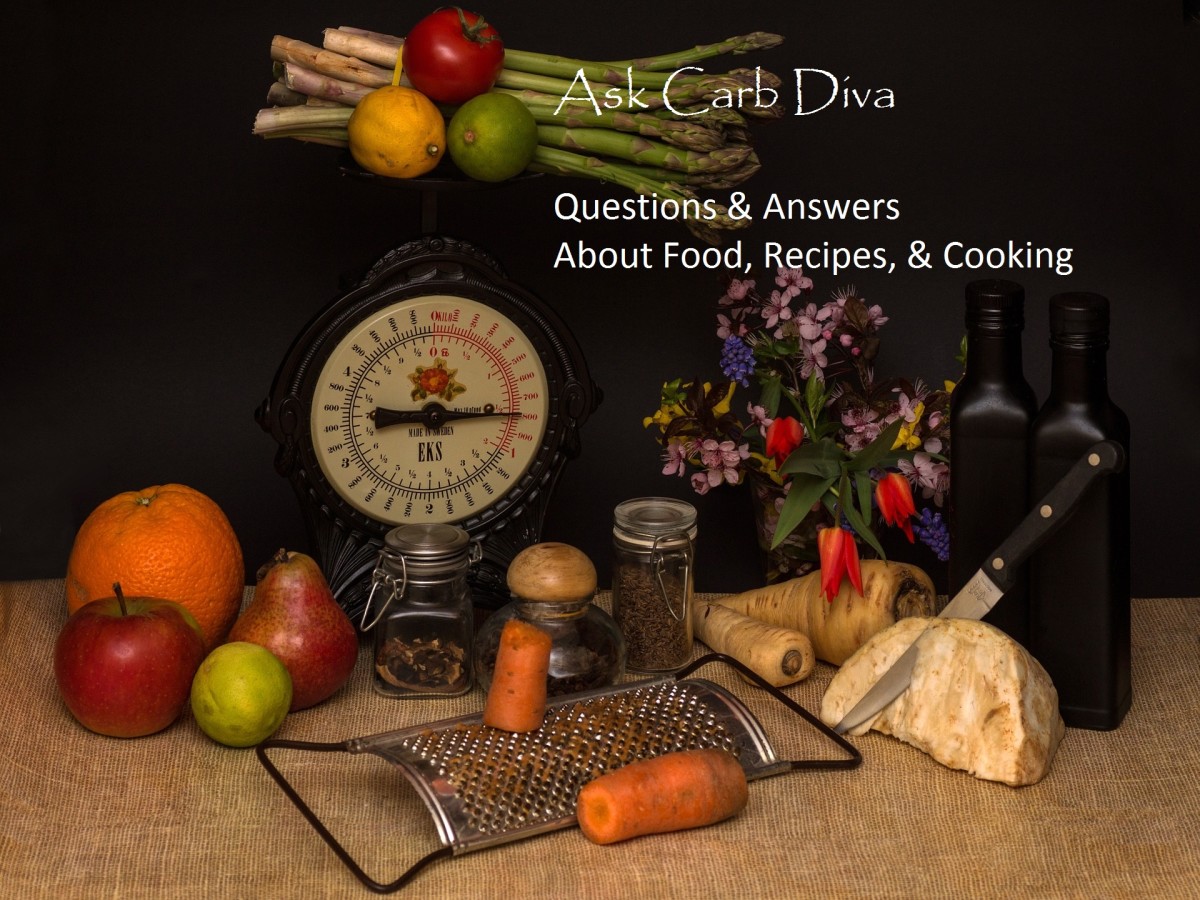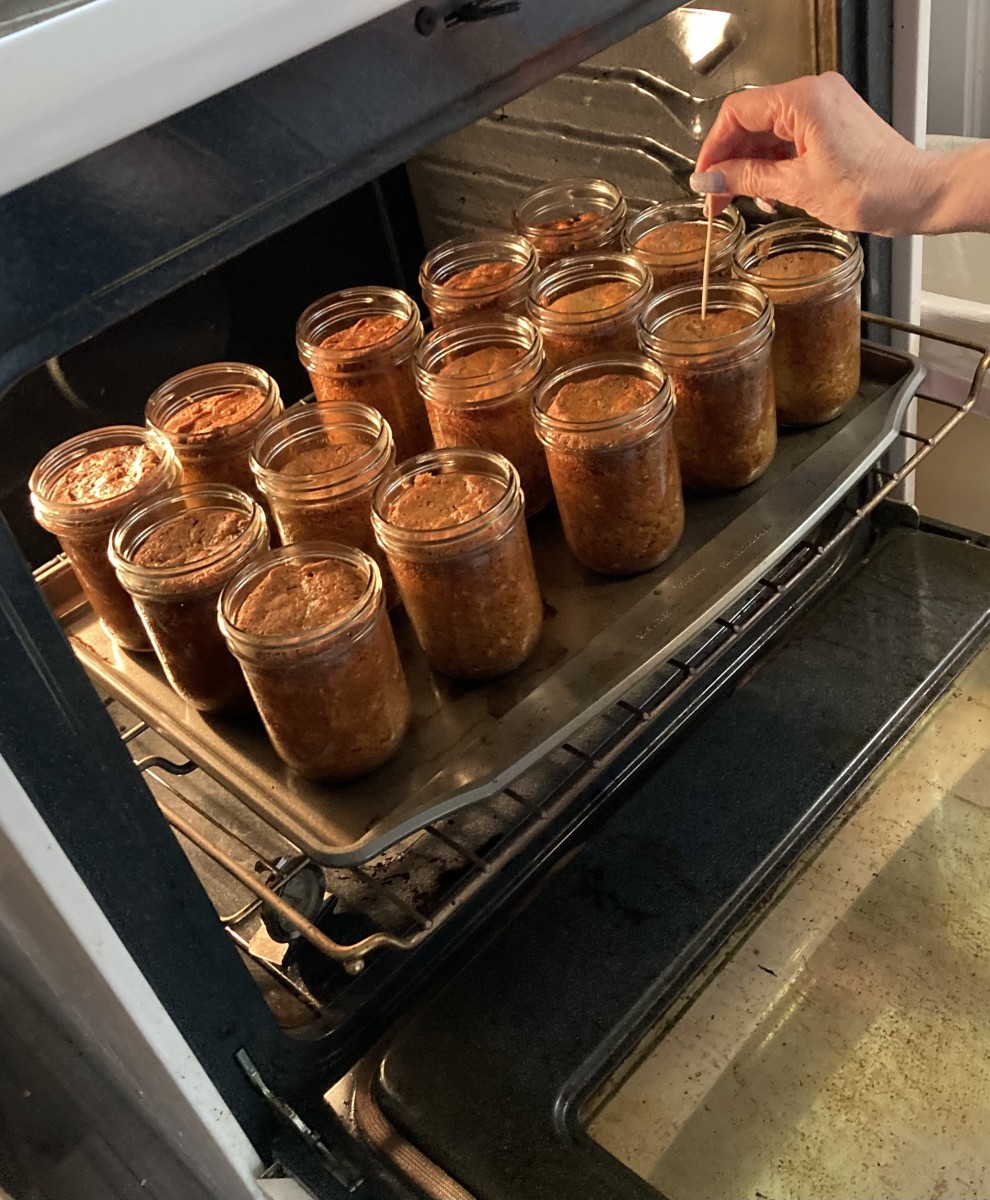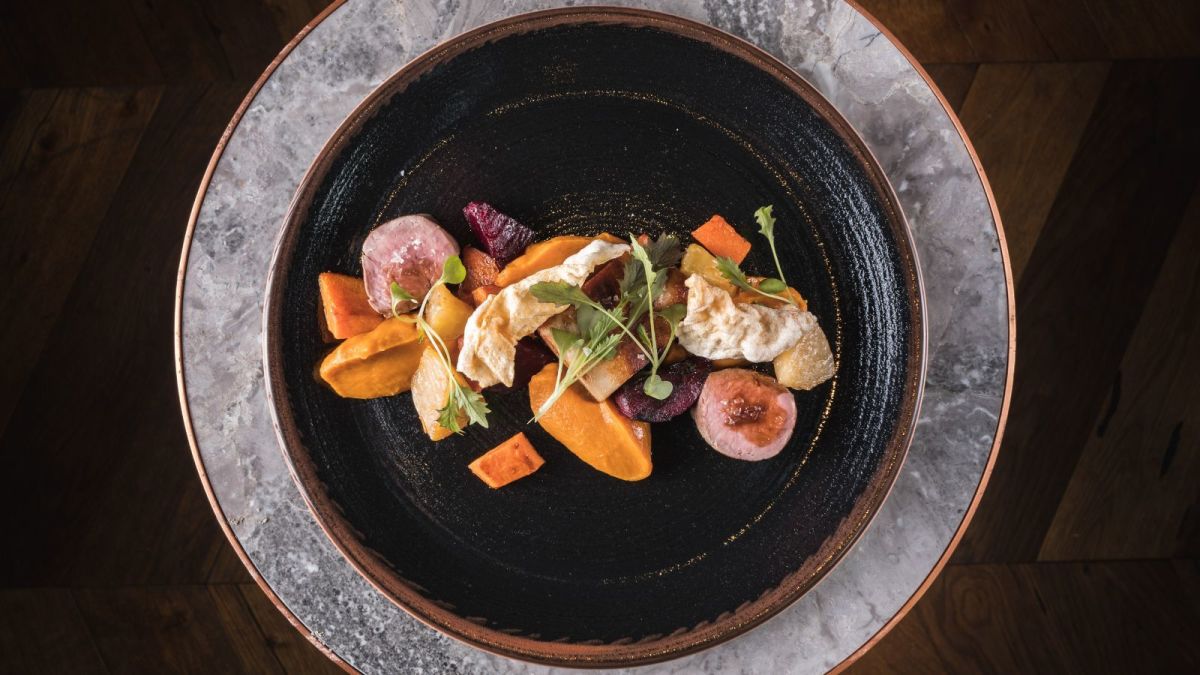5 Smart Culinary Tricks That Will Turn You From a Home Cook Into a Great Chef
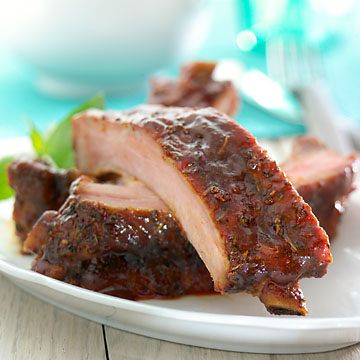
Chefs are often quick to point out that they are not cooks. They call themselves many things: artists, creators, innovators, even geniuses maybe - but not cooks. What's the big difference? Well, if you are thinking of Applebee's or Chili's, the chef is usually a budget manager and people manager and expediter with little creative input. If you are talking about large resorts, the chef is a manager with Chief Operating Officer skills and income, but s/he rarely actually touches a pot or pan. But, if you dine in a town (like San Francisco!) with a reputation for restaurants and foodies, then you can get exposed to true chefs - culinary artists who share their creative endeavors on each and every plate.
And you might like to know that some of the skills that separate the chef from the line cook are available to you if you give them a try. Check them out
1. Mise en place is a culinary term dating back to the days of the court at Louis XV's palaces in France. A palace, in those days, was a place for the muckety-mucks to gather to fuss and fawn all over the king. These people did not work at anything except flattery, but they did expect to be housed and fed at a very high standard. So, Louis had thousands of servants to cater to the courtiers. Most of these servants were born to servitude and had no imagination above their job level. To enforce this, Louis' chefs organized the kitchens and bakeries will military rigor and formality. In those days before refrigeration and electricity, the kitchens were organized by food line; for example, there were fish specialists, soup experts, and meat and game pros. There were bakeries for cakes, pastries, and pies. And, this work was performed throughout the day every day. There were titles such as sous chef (lieutenant chef), sommelier (wine expert).
Mise en place refers to the chef/cook's insistence that everything has its place. A thinking chef will prepare all his/her needs ahead of time and place them in a line of small dishes or ramekins: chopped onions, minced garlic, sliced mushrooms, and so on. These little dishes of ingredients are shuffled into the order in which they will be added during the recipe. Woe to the kitchen help who took a dish away or moved them around; this smart chef wanted that olive oil to be where it is supposed to be when s/he needs it. This discipline would include portioning out the salt, pepper, and other spices. There are no pinches or dashes in this competition.
Try this at home the next time you cook. The discipline of mise en place will save you time, guarantee the outcome, and facilitate the clean-up. It's a neat little trick that can make your own kitchen better and it can make you feel more like a real chef.
2. Practice your physics in the kitchen. Some recipes call for adding ingredients to hot liquids; other recipes want you to add ingredients to cold liquids. There is a reason for this and if you learn the science behind it then you can improve your cooking skills. In this case, the issue is that cold causes things to contract, and heat causes things to expand. If you place meat in a cold liquid - water or broth, for example - the flavor is likely to stay within the meat and barely leach into the liquid. If you place meat in a hot liquid, the flavor is likely to spread into the sauce. For example, to make a soup with meatballs, you will start with cold liquid, so the flavor is locked into the meatball. On the other hand, if you are making tomato sauce with meatballs, you will want to start with warm-to-hot sauce, so the meat flavor will move into the sauce. You can do things your way, but the directions in the recipe are there for a reason.
You might also think about this when barbecuing burgers. Just before you place the burger on the grill, place it in a bowl of crushed ice water for a minute or two. The chill will lock flavorful juices into the burger until the heat brings them out.
3. Serve individual salads . Think about the salad at the finest fine-dining experience you ever had, and you will not remember the chef putting a big bowl of salad on the table. The chef wants each salad to stand alone. S/he will freeze an aluminum bowl and swirl his/ her signature dressing around the sides of the bowl. The chef will then add the greens before using his/ her hands to swish the greens lightly through the dressing. The greens will be lifted and arranged on a dish and then color and garnish will be added in the form of tomatoes, peppers, seasonal vegetables, and/ or herbs.
4. Wine does not go with everything. Some foods clash with wine to the disadvantage of the wine. For example, asparagus is the enemy of wine because of the same enzymes that make your urine smell. Wine does not like heavily salted fish or meats; the chemistry just does not work - although a rose might do well with ham or barbecued meats.
Wine is meant to complement the dining experience. Its flavors evoke aromas that are pleasing to you, so you might consider drinking your wine before and after your entree rather than using the wine to wash it down. When dining well, pace yourself, so you can enjoy a light wine before dinner, something bolder or more full-bodied with dinner, and something sweeter with after dinner coffee. Offer these options to your dinner guests and you will be boosted to at-home chef status instead of just the cook in the kitchen.
5. Presentation is (almost) everything. People eat with their eyes, so how you present the food makes all the difference in the world. A fine restaurant will have an "expeditor" whose job it is to be sure every dish coming out of the kitchen looks just right. The expeditor will re-arrange a stack of veggies or wipe sauce from the edge of the plate.
In these days of smaller portions at the best restaurants, stacking is the rage. For example, mushrooms and greens might be placed atop a steak. Now, this is for decorative presentation, of course, but chefs also want you to have a bit of each piece on your fork at the same time. They have created a recipe that it is at its best when you taste the meat, the mushrooms, and the green at the same moment.
Take another cue from the great restaurants: they usually have plain white dinner service. This allows the rich colors of food to jump out at you. Taking a little bit to consider the presentation of your food - even if it's just the lunch that you're having by yourself at home - can greatly increase the pleasure of each dining experience!


